Prevention
Tips to Reduce Your Risk for Skin Cancer
-
Work sunscreen into your daily habit. Use a broad spectrum sunscreen with SPF of at least 30. "Broad spectrum” means that the sunscreen protects against both types of UV radiation – UVA and UVB. UV radiation can damage skin even in the winter and on cloudy days. Wearing sunscreen daily has also shown to help repair previously sun damaged skin.
-
Protect your skin by wearing a long-sleeved shirt, pants, a hat, and sunglasses.
-
The sun’s rays are the strongest between 10 a.m. and 4 p.m. Avoid being in direct sunlight during these times.
-
Water, snow, and sand reflect and magnify the damaging rays of the sun, increasing your chance of sunburn.
-
Severe sunburns, especially during childhood, increase your risk of developing melanoma and other skin cancers. Just one blistering sunburn can double your chances of developing melanoma later in life.
-
The World Health Organization has classified indoor tanning devices as cancer-causing agents. Indoor tanning has been shown to increase the risk of melanoma by up to 75%. Occasional use of tanning beds triples your chances. Melanoma is the number one new cancer diagnosed in young adults (ages 25-29), and scientists attribute this trend to the use of tanning beds among this age group, particularly young women.
Research also suggests a strong dose-response relationship – meaning the more sessions, hours and years spent tanning, the higher the risk of developing melanoma and other types of skin cancer.
90% of skin cancers are considered preventable because they are caused by exposure to UV light!







